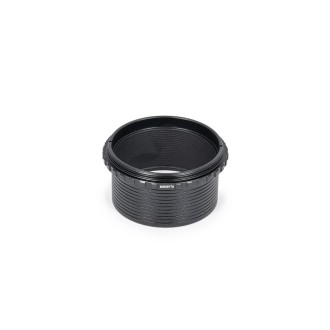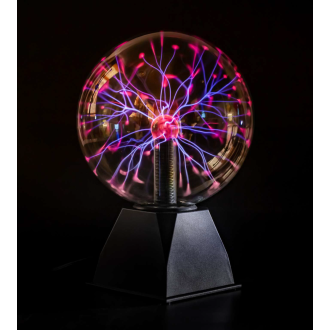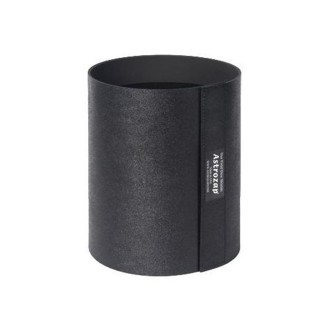Player One APOLLO 428M MAX Camera
| Carrier | Description | Estimated Delivery | ||
|---|---|---|---|---|
 |
Home delivery - International | Home delivery - International |
Tuesday, 6 January - Tuesday, 13 January |
|

Home delivery - International
Home delivery - International
Estimated delivery:
Tuesday, 6 January - Tuesday, 13 January

Apollo 428M MAX camera is a new solar camera developed by Player One Astronomy, which adopts the 1.1" format Sony IMX428 monochrome sensor.
The pixel size of 4.5 um supports a well depth of 25.3 ke with a total of 7.1 MP (the resolution is 3216*2208) and the diagonal is 17.5 mm .
PREGIUS TECHNOLOGY
Apollo 428M MAX (IMX428) is based on third-generation Pregius. IMX428 is a high-resolution version of IMX432, has 4.5 um and a full 25 Ke well. But if you use BIN2 mode, IMX428 will have 9 um pixels and, of course, a full well of up to 4x (100 Ke).
FORMAT
Apollo 428M MAX (IMX428) has a 1.1″ format, just like Apollo-M MAX. It is quite large, almost twice the size of the IMX174 chip.

PIXEL SIZE
The 4.5 um pixel size is half the size of the IMX432 camera, which means it will have 4 times the resolution of the classic Apollo-M MAX camera.

BIN MODE
Apollo 428M MAX Pro has a pixel size of 4.5 um, half the size of Apollo-M MAX. If we use bin2, it will look more like an Apollo-M MAX, and the 3-bin combination mode will have some advantages:
- MONO8 hardware BIN2 mode : full up to 4x (100Ke), 10-bit ADC, FPS up to 135 FPS .
- Hardware BIN2 mode MONO16 : full up to 4x (100Ke), 12-bit ADC, FPS up to 109 FPS .
- MONO16 software BIN2 mode (sum mode): full well up to 4x (100 Ke), bit depth up to 14 bits , FPS will remain at 27 FPS.
HCG and NOISE
HCG mode will open automatically when gain is ≥70, read noise will be reduced to 2.4 e and dynamic range will increase to 12 again. With a gain of 450, the read noise of the Apollo 428M MAX (IMX428) camera is 1.4e.
NO BANDING
The problem of row noise is a big problem in solar imaging. When we use IMX174 or IMX178 cameras, banding sometimes occurs. Although we can reduce them a bit in post-processing, they still negatively affect details. The biggest surprise when testing the Apollo 428M MAX is that we found that the IMX428/432/429 images are so smooth that there is no annoying horizontal banding. Thus, we can focus on capturing details at any focal ratio, in any form (full-disk mosaic or ROI), without having to worry about banding issues in post-processing.

INCLINATION PLATE (2nd generation)
When taking solar pictures with a Prominence telescope, the Newton's ring is annoying. A more uniform solar image can be obtained without the Newton's ring by adjusting the focal plate. Achieve a much smaller field curvature of the telescope.


PASSIVE COOLING SYSTEM
Solar cameras operating during the day have a much higher temperature than during the night. Heat from the global shutter sensors will be a problem, especially some large format ones like the IMX428. Player One adds a new feature called Passive Cooling System to conduct heat from the sensor out.

256M DDR3 CACHE
Player One astronomy cameras are the first to incorporate DDR3 cache memory in all planetary cameras worldwide. It helps stabilize and secure data transmission, effectively prevents frame loss and greatly reduces read noise. With DDR3 cache memory, the camera no longer has high demands on computational needs and will continue to perform excellently even when connected to a USB 2.0 port.
DPS TECHNOLOGY
The planetary cameras from Player One Astronomy feature DPS (Dead Pixel Suppression) technology. DPS analyzes many dark frames to find the fixed abnormal pixels and record the map in the camera's memory. In image capture, in each exposure frame, the position of dead pixels will receive an average value according to the active pixels around that abnormal pixel.

OVERVOLTAGE PROTECTION
Player One cameras ensure the safety of your camera and other equipment through surge protection mechanisms.
DATA PORT
When the camera is connected to the USB3.0 interface and the full resolution preview is used, it can achieve 51 FPS in 10-bit mode (RAW8) and 27 FPS in 12-bit mode (RAW16). When recording images, since the actual writing speed will be affected by the writing speed of the hard disk itself, when the writing speed of the hard disk is slow, the recording may not reach the theoretical speed. It is recommended that a high quality solid state drive be used to record data and take full advantage of the camera's performance.

PERFORMANCE

















